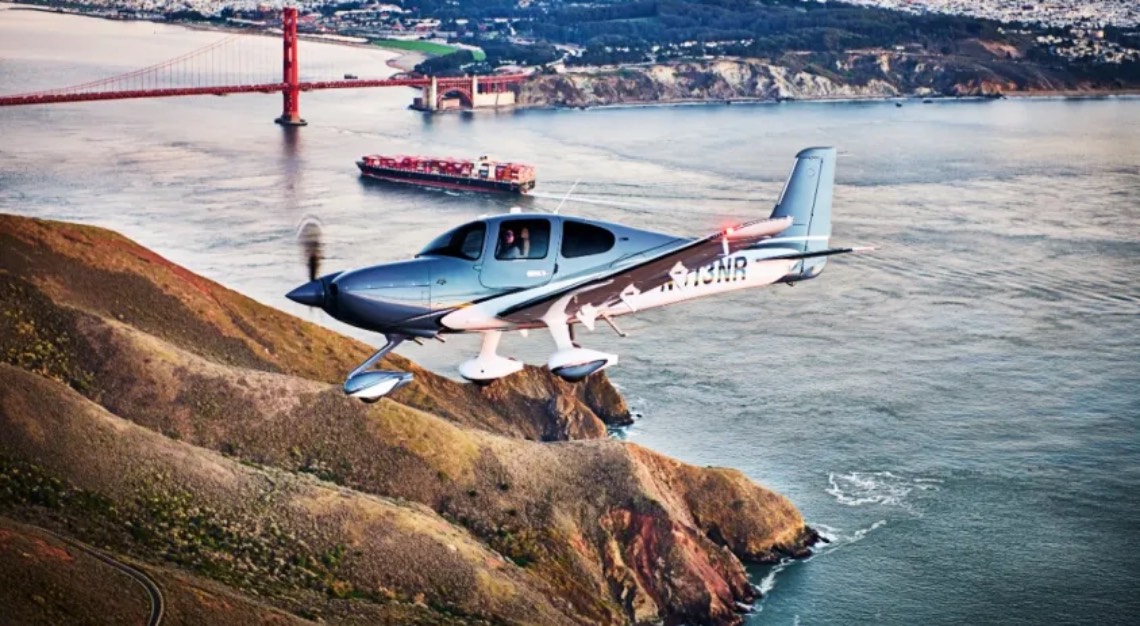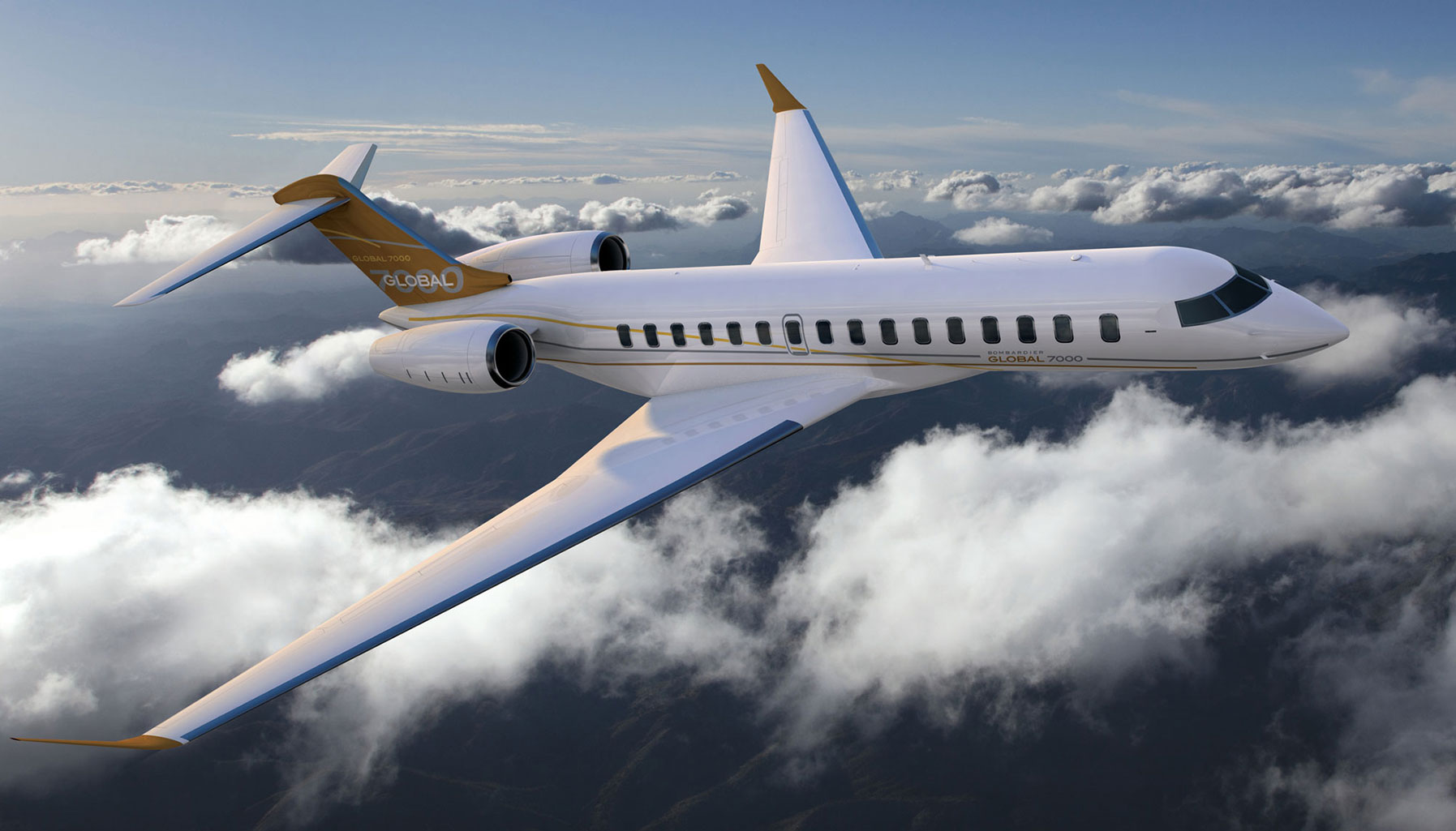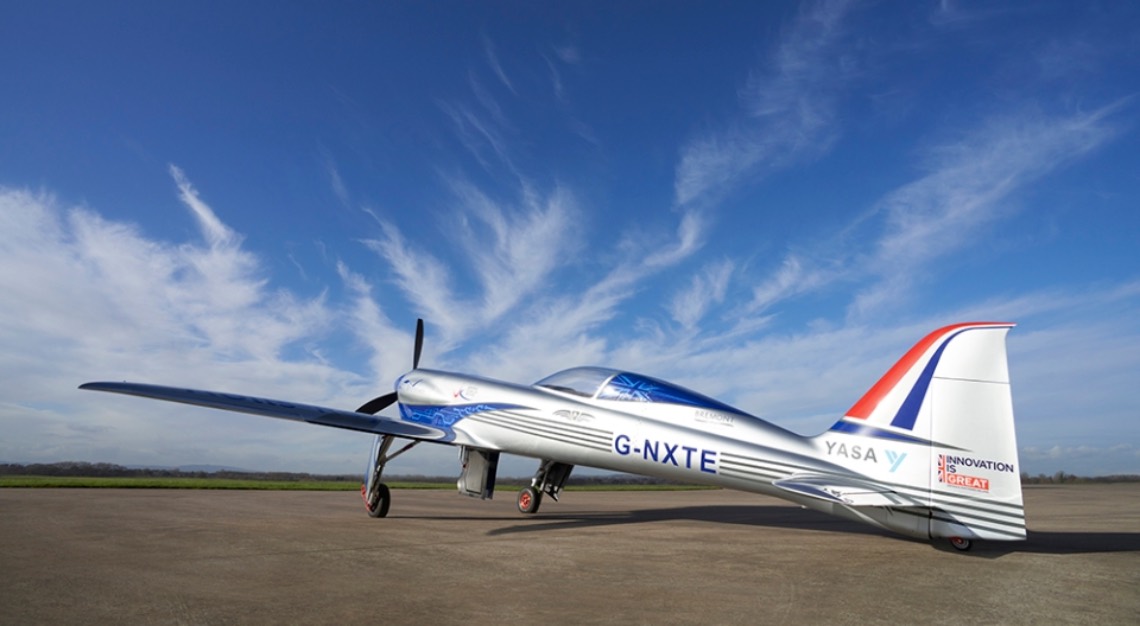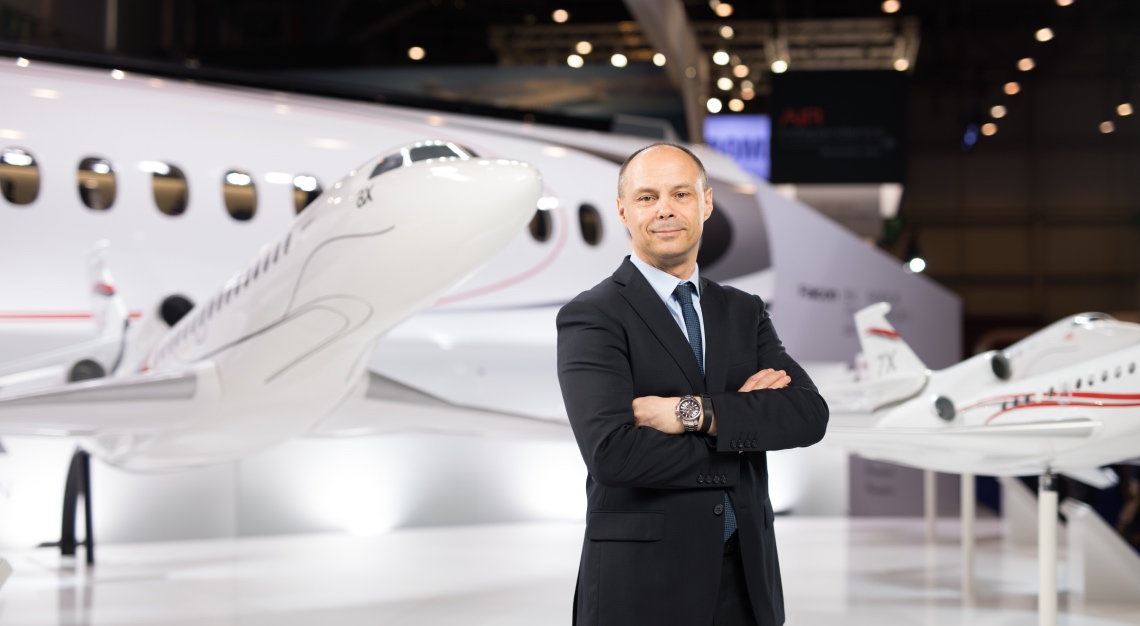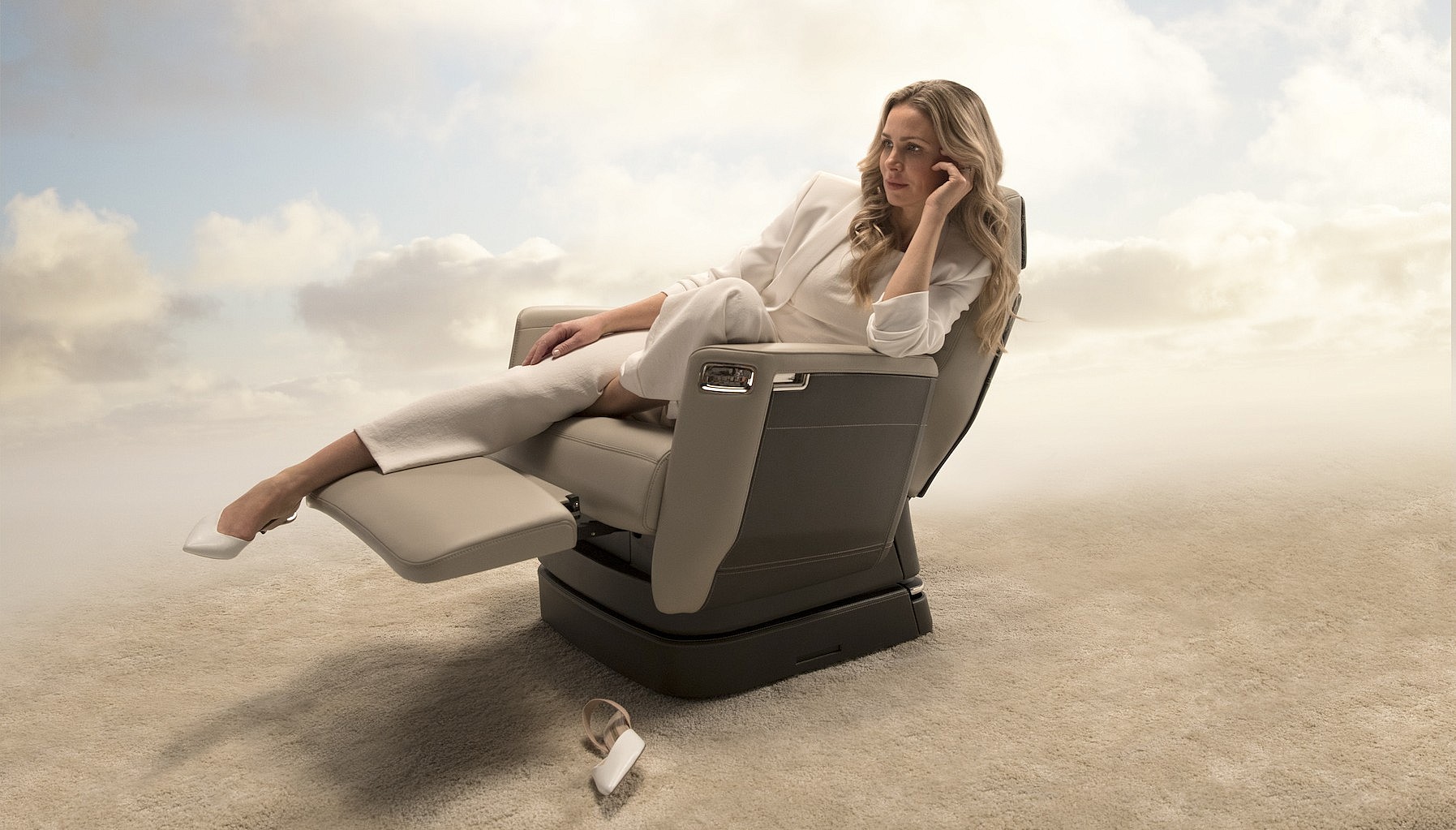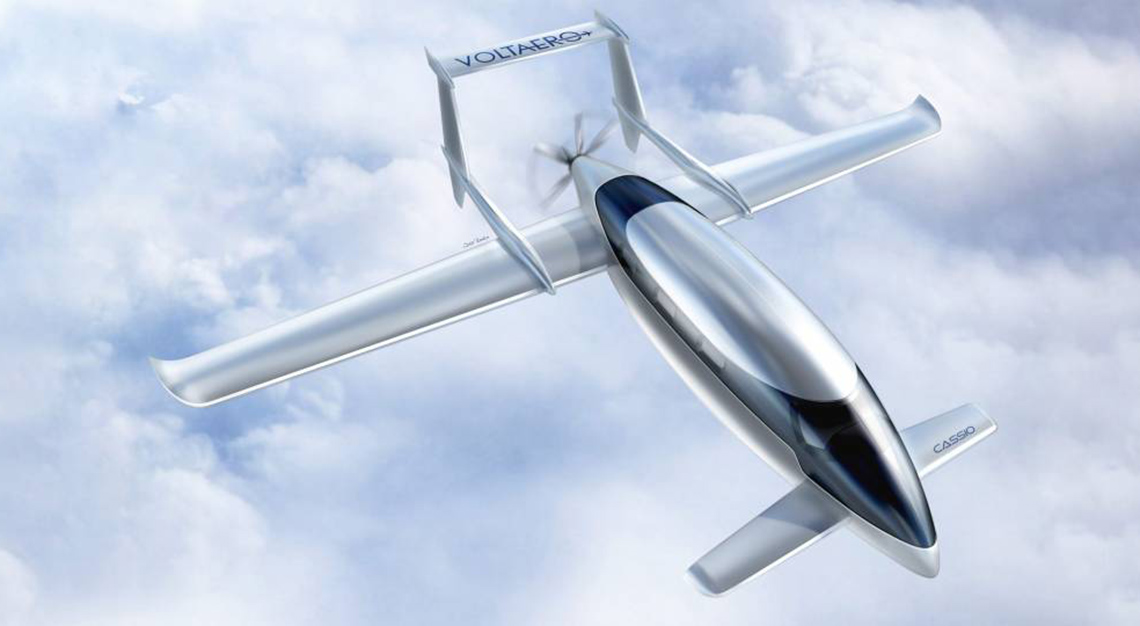Our writer pushes the big red Safe Return button on a Cirrus SR22, and the aircraft takes over from the pilot. But he’s on edge as it heads in for final approach
When you’re flying in a small plane, the possibility of the pilot becoming incapacitated is usually filed in the very-unlikely-to-happen category. But it happens, and with no other pilot on board, outcomes range from a Hollywood best case—the air-traffic-control tower talking you through a safe landing—to much more devastating scenarios.
On a recent flight aboard a Cirrus SR22 in California’s Bay Area, we did more than explore the possibility. We created a situation in which pilot Ivy McIver (also executive director of the SR Series Product line) gave up control of the joystick to demonstrate how well Cirrus’s new Safe Return automatic landing system performs. Cirrus recently announced this adaptation of Garmin’s Autoland technology as the standout feature of its new SR Series G7+, shorthand for the seventh-plus generation of its SR20, SR22, and SR22T. An SR22 like the one we tested, retailing for US$1,236,500, is also the world’s first single-engine piston aircraft with the Autoland system.
When McIver let go of the joystick control, instead of heroically grabbing the stick (Hollywood-style) to attempt a landing myself, I reached overhead and pushed the red button labeled “Safe Return.” Within seconds, the button triggered a complex network of automated motors, servos, communications systems, and AI-fuelled algorithms.
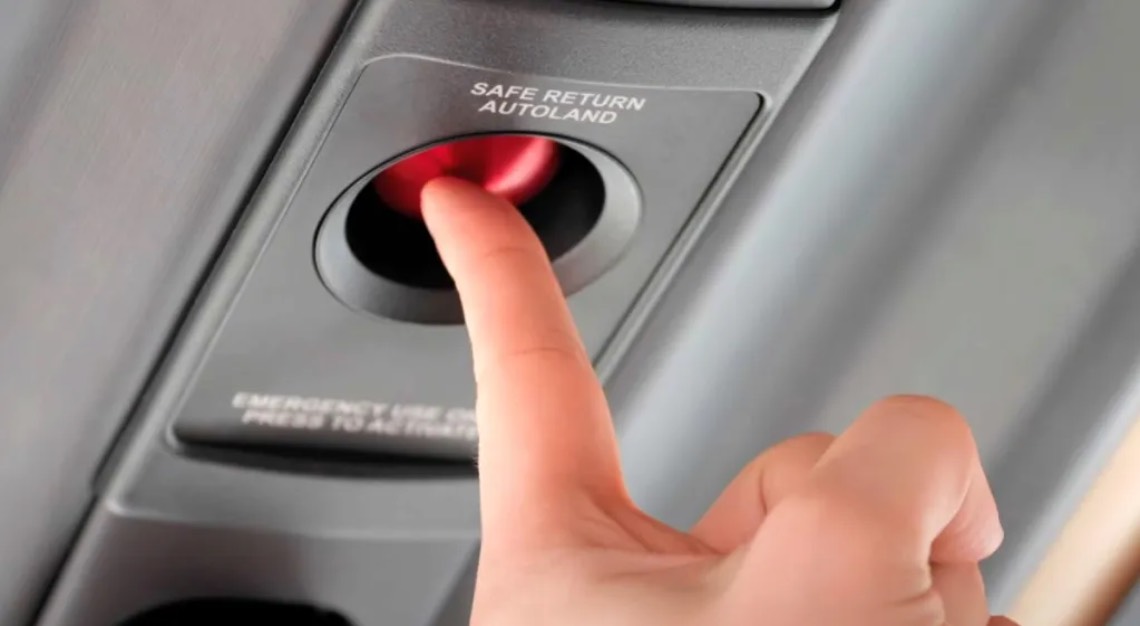
Safe Return is designed with a fully automated landing sequence that empowers the aircraft’s onboard systems to choose the nearest appropriate runway (avoiding weather if necessary), send distress signals, communicate with the tower and land itself. On the runway, the aircraft rolls to a complete stop so emergency personnel can approach it safely.
Autopilot landings have been employed by commercial airliners for some time. Unlike the complex and expensive technology that enables a 747 to land itself, Garmin’s Autoland trickled down into private aircraft like the Cirrus Vision Jet, aided by the fact that its flight systems are digitally controlled. That aircraft’s self-landing technology was introduced in 2020. The system has also been applied to higher-end jet and turboprops like the Piper M700 and Daher TBM.
The SR22 propeller plane used as the testbed proved more difficult to adapt due to its analog throttles and flight-control systems, which connect the pilot’s controls via mechanical linkages. Dialing in the Safe Return involved countless test landings to fine tune the system’s technique.
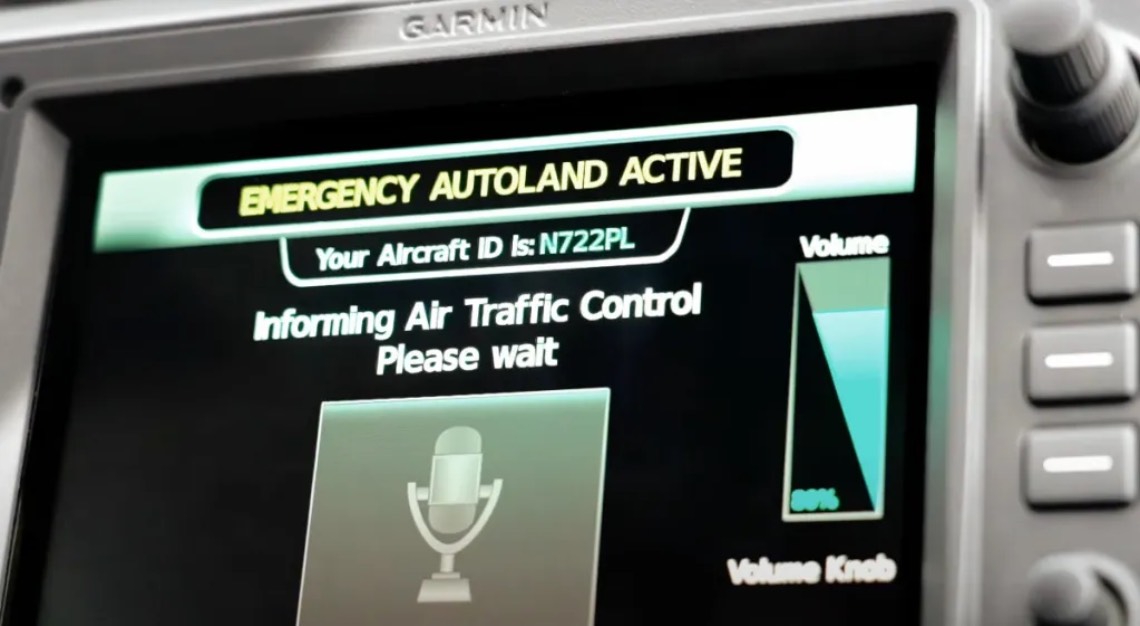
“I don’t want to say that finding the airport and navigating around the weather part was easy,” Ben Kowalski, Cirrus senior VP of sales and marketing, told Robb Report. “But in the grand scheme of things, the precision and rapid responses are needed closer to the ground. We did a ton of landings and tweaked it.” Safe Return also includes software updates and additional safety features like runway-occupancy awareness. The system also required the addition of a radar altimeter for more precise descent control and an additional brake booster to bring the aircraft to a controlled stop.
Even though McIver was fine, it still felt like a commitment pushing that red button at 2,500 feet. The pilot has 10 seconds to revoke the decision before Safe Return kicks in, though the process can be aborted at any point. Once engaged, the control stick moves as if a ghost is flying, and the plane will eventually land itself. Safe Return is also designed to instigate an automatic landing if the pilot does not initiate any inputs for more than 30 minutes at cruise and does not respond to prompts, or shorter intervals at very high altitudes where hypoxia is more likely to occur.
Once triggered, the SR’s avionics panels convey a series of messages that indicate the Autoland system is active and that air traffic control has been notified, along with illustrated instructions on everything to making sure seatbelts are tight to waiting for emergency personnel once the aircraft is stopped.
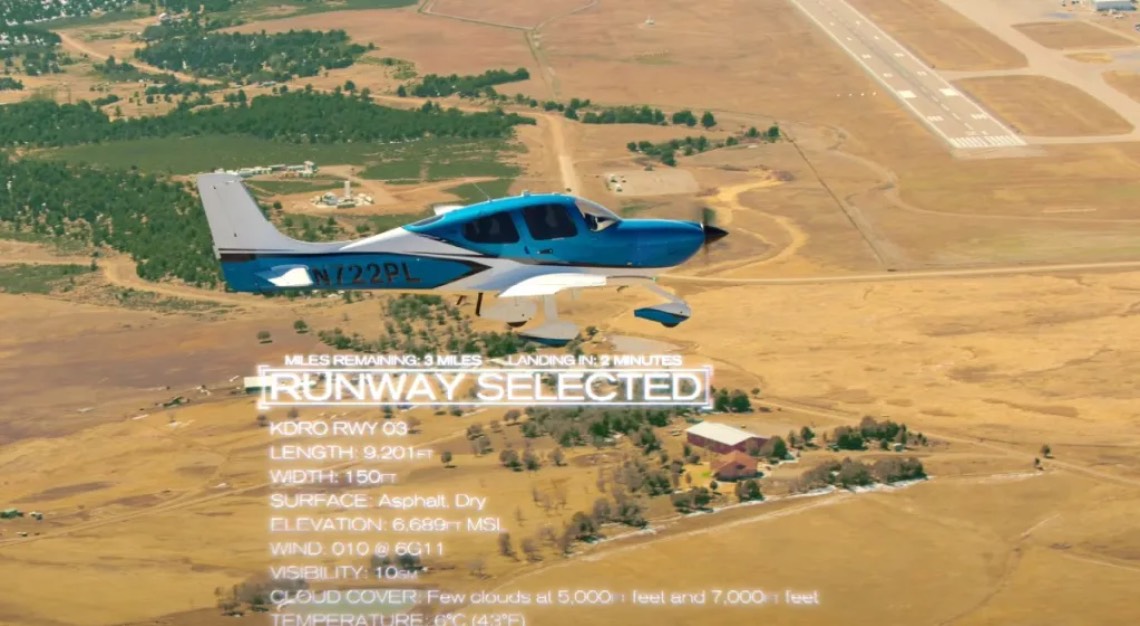
Key information like the aircraft’s location relative to the runway, distance to the destination airport, and the fuel remaining are also conveyed on the screens. That info tends to bolster confidence if passengers are left to their own devices—which is the case of the young couple shown in Cirrus’s promotional video. While they seem almost too relaxed about their predicament, scary questions are bound to come to anyone else in the same situation: Are we anywhere near an appropriate airport or will we get trapped by weather before arrival? Are the computers managing all the data points to make the best decisions?
Our auto-landing sequence lasted 10 minutes. McIver explains the process with the calm confidence one would expect from a veteran pilot. Having her there, of course, removes the potential terror from the situation. But I still wonder: Will the aircraft maneuver itself with the same smooth arcs as a steady-handed pilot, or will it be more like being in a semi-autonomous car that drifts sloppily toward the edges of the lane?
The plane starts banking and straightening out for final approach into Stockton airport before descending toward the runway. Safe Return is programmed to consider the possibility of ice formation on the wings and thus takes a steeper approach with flaps set at 50 per cent (versus a traditional landing at full flaps.) Speed is also calibrated to 95 knots as opposed to a more conventional 80 knots. The automatic landing becomes a faster-paced and more active process as we flare, touch down, and roll to a stop. I was fairly trusting of the system in the air, though admittedly on edge during the last 20 feet over the runway.
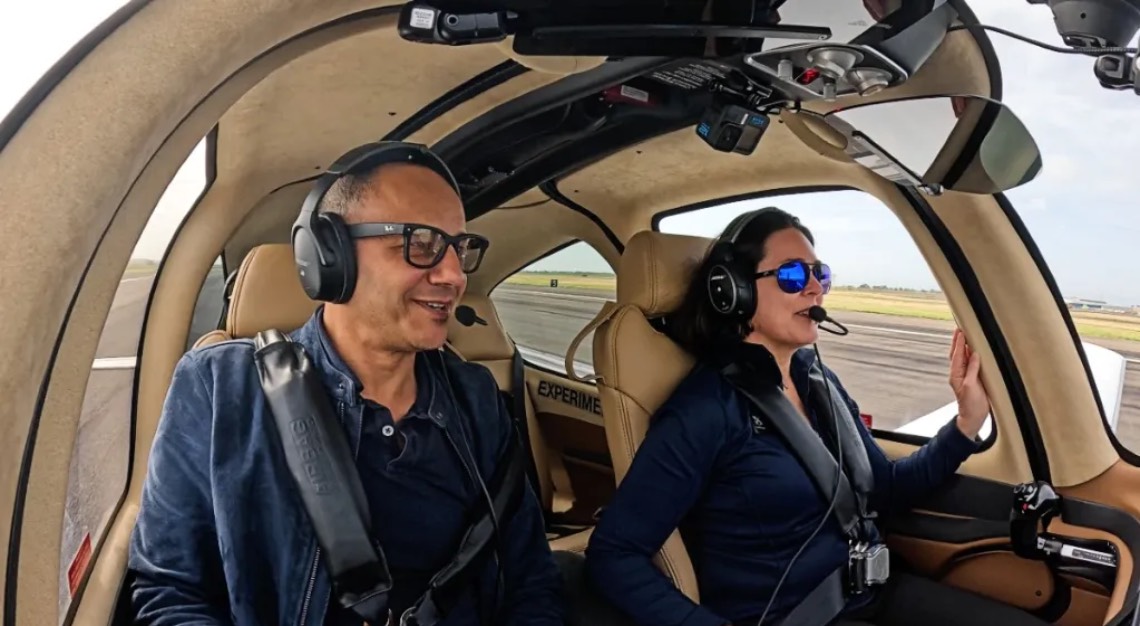
While these maneuvers were not executed with the subtle precision of an experienced pilot, Safe Return did land us safely on its own—everything a person could hope for in the event of an airborne predicament.
The Safe Return system will be standard on the new SR Series G7+. Making the technology accessible on these more affordable aircraft could have a beneficial impact on civilian aviation. The Cirrus SR prop models, which have been the category’s best seller for 23 years, are a popular option for casual fliers and small business owners alike—in part because of safety features like the Cirrus CAPS (Cirrus Airframe Parachute System), which has been responsible for 132 aircraft recoveries over the years.
While it’s easy to see the financial justification for a safety system like Safe Return, the benefit of knowing there’s one less way for things to go south is priceless.
This story was first published on Robb Report USA. Featured photo by Cirrus
